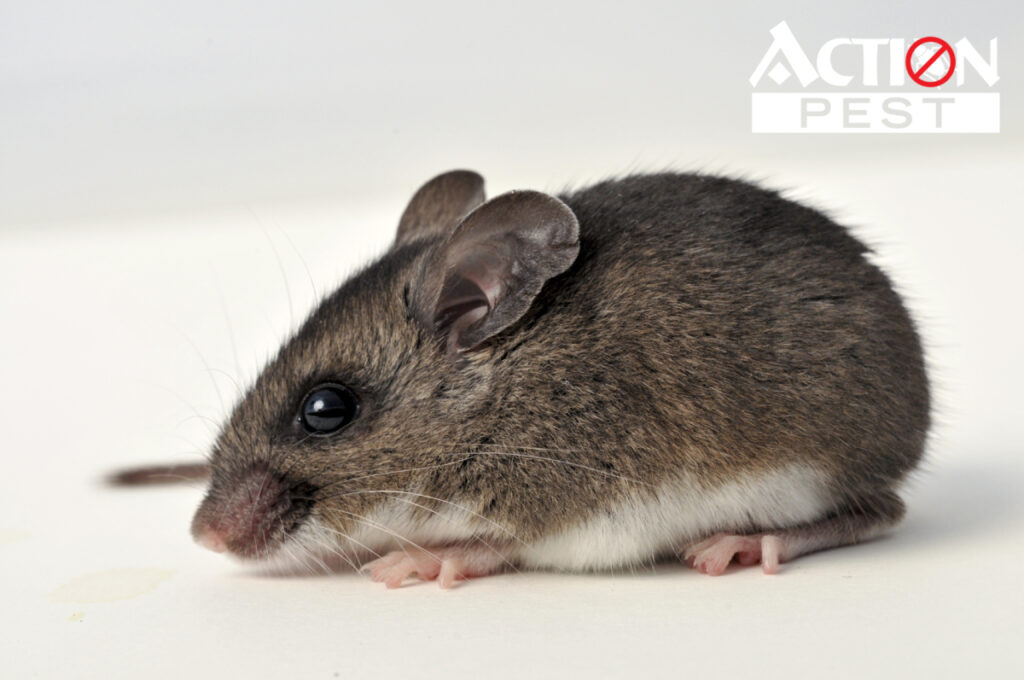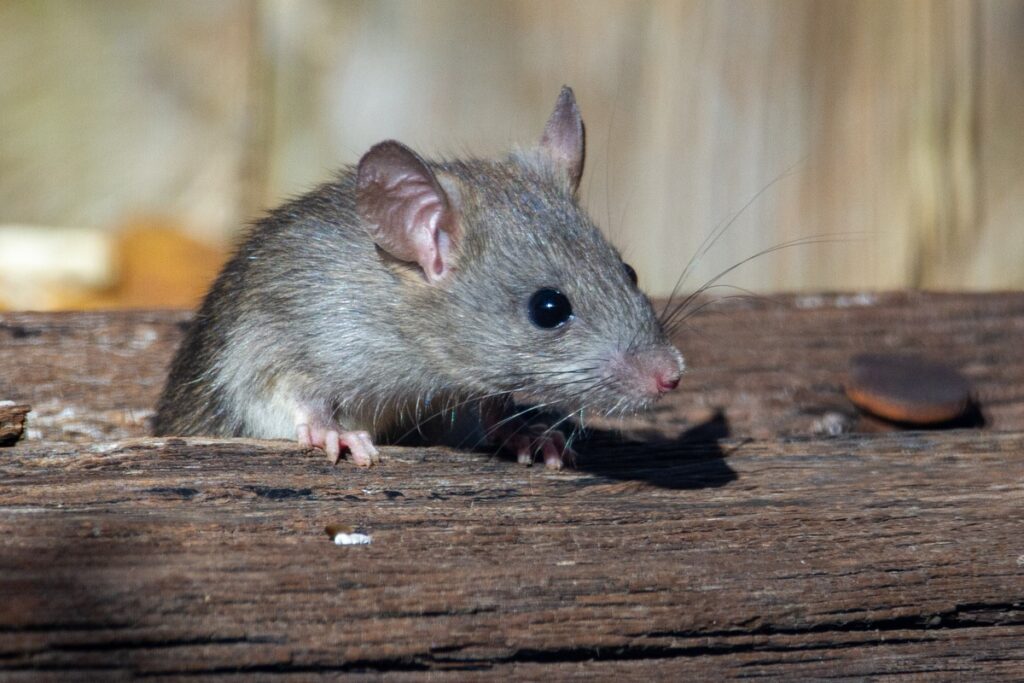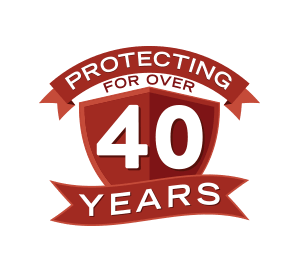
If you’re reading about deer mice chances are you’ve seen one or spotted their signs. Deer mice are notorious for entering homes through the tiniest holes and openings. While they might look tiny, do not mistake their beady eyes for cuteness.
Disease from deer mice can jump the species barrier and in some cases prove fatal. They carry many diseases and the most dangerous of all is the ‘deer mice Hantavirus’. For your safety and the health risks involved, you mustn’t come in contact with deer mice or attempt to clean their droppings without proper protection. Before we get into answering, are deer mice dangerous? You should take a look at how to identify a deer mouse. So, you know the extent of damage and how to deal with other mice that are easily mistaken for deer mice.
Identifying Deer Mice
Deer mice can be easily identified from their appearance. They get their name from their resemblance to deer. They have a brown colour with their limbs and underbelly being white. The same colour pattern follows through the tail.
- They grow to about 4-5 inches long, with their tail being almost half their size.
- They have large round ears
- Dark beady eyes
Deer mice are often confused with house mice. While both look similar, there are a few differences in appearance and behaviour that can help you tell which mouse you’re dealing with.
Deer Mice vs House Mice
House mice have the same ears, eyes, and size, but their furs have a completely different colour. House mice have a light brown or grey coat and the colour doesn’t change on the underbelly. While deer mice have bicoloured tails, house mice have no fur on the tail.
Field mice is a term used for common rodents, mainly mice found in the fields. While there can be a comparison of deer mice vs field mice, they are more or less similar and come under the same name.

Dangers of Deer Mice
Rodents found across North America transmit diseases one way or another. These four-legged rodents are responsible for many diseases and the most dangerous is the Hantavirus. According to the Canadian government, infected deer mice can transmit the Hantavirus Pulmonary Syndrome, which has no cure and a proven fatality rate of 30%. Infected deer mice in Canada are not in one particular territory or province but have migrated throughout the country. You can get infected with the Hantavirus by just inhaling the virus found in deer mice’s urine and droppings.
Another dangerous disease from deer mice is Lyme disease. While deer mice don’t directly transmit it, they play an active role in infecting humans.
Signs You Have a Deer Mice Infestation
Deer mice use most of the day to sleep in their nest. So, while you’re moving around in the house and kitchen, these rodents are resting in their nests. Their nocturnal nature makes it hard to spot them, but there are a few signs that can help you decide if you have a deer mice infestation.
- Droppings are the most prominent sign of a mice infestation. If you find these tiny rice-like dark droppings, chances are you have a deer mice infestation in the basement, attic, or somewhere dark.
- Chewed-up nesting material is another tell that you are dealing with an infestation. Gnawed grass, fabric, or cotton anywhere around the house means the mice are active and finding a place to nest.
- Sounds at night time make it obvious you have some uninvited guests. If you hear these regularly, coming from the basement or the attic, they are just mice looking for food and water.
The mice in your house are half the problem, if they decide to breed, which they do more than twice a year, things can quickly turn into a horrible nightmare.
Deer Mice Infestation solution
Deer mice infestation can pose serious health hazards. These mice can urinate anywhere and easily chew into your soft furniture, leaving viral remnants. DO NOT try to clean dried-up urine in carpets or on clothes in your wardrobe. This can agitate the virus particles and make them airborne. You can deal with the cleaning yourself with proper PPE gear and protection, but complete removal of these rodents would require professional help.
Getting rid of deer mice can be challenging and if not dealt with on time, the entire house can be infected and soon be prone to deer mice nests. Action Pest specialises in removing these invasive rodents and keeping your family protected and house free from all kinds of pests, rodents, bugs, and unwanted wildlife.
Reach us today for a quick solution tomorrow and a free consultation on all pest issues.
Deer Mice FAQ:
How dangerous is deer mouse?
The Deer mouse is considered a disease-carrying species and is one of the few rodents that carry the Hantavirus. While cases are rare, this can infect humans and prove fatal.
Can you get sick from deer mice?
Deer mice are a source of unwanted germs and diseases. In the North American region, deer mice carry Hantavirus, which can be inhaled from their excreta and give the infected Hantavirus pulmonary syndrome.
How do you keep deer mice away?
There are a few quick hacks to keep deer mice away. Try to throw trash out and not keep it indoors overnight. Look for any gaps and entry points from the outside of your house and seal them. Cover any leftovers and keep them in the fridge. Lastly, always look for gnawing marks on food containers and thoroughly clean them.
Where do most deer mice live?
Deer mice do like the warmth of your house, but their preferred habitat is tall grass and bushland.
What to do if you have deer mice in your house?
Deer mice are relatively small and lighter than rats. Traditional snap traps with a few leftover cereal crumbs and anything sweet like jelly or other spreads that give off a strong smell can attract these rodents.
Do deer mice nest in houses?
Deer mice are field mice and tend to stay outdoors. However, if they find an entry point into your house, they will nest there. Their nests are primitive and can be made from materials like paper and fabric found in the house. They also like protection from other predators and dark places where they can sleep during the day.
Are deer mice harder to get rid of?
A deer mouse infestation is not easy to remove. Their nests are well hidden and you can’t know how many have entered your house. Mouse traps can help control them, but getting rid of them completely would require professional pest control.
What percentage of deer mice carry Hantavirus?
It is not possible to accurately round up a figure, but in most areas, it’s less than 15 % of deer mice. These infected mice are scattered throughout the population. According to the CDC, 12% of deer mice carry the Hantavirus.
Can you survive the Hantavirus?
You can recover from Hantavirus with proper medical care and consultation. Hantavirus pulmonary disease is fatal with a mortality rate of 38%. Recovery can take many weeks but leaves no permanent symptoms.
What are the odds of getting Hantavirus?
You can contract Hantavirus easily if your work involves being around rodents or working in closed spaces with little ventilation where rodent activity is prevalent.







